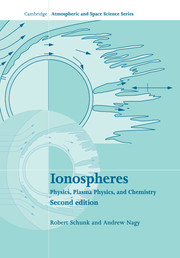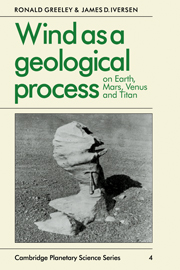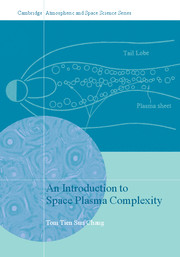Spectroscopy and Photochemistry of Planetary Atmospheres and Ionospheres
Mars, Venus, Titan, Triton and Pluto
£75.99
Part of Cambridge Planetary Science
- Author: Vladimir A. Krasnopolsky, Catholic University of America, Washington DC
- Date Published: February 2019
- availability: In stock
- format: Hardback
- isbn: 9781107145269
£
75.99
Hardback
Other available formats:
eBook
Looking for an inspection copy?
This title is not currently available on inspection
-
The chemical composition of any planetary atmosphere is of fundamental importance in determining its photochemistry and dynamics in addition to its thermal balance, climate, origin and evolution. Divided into two parts, this book begins with a set of introductory chapters, starting with a concise review of the Solar System and fundamental atmospheric physics. Chapters then describe the basic principles and methods of spectroscopy, the main tool for studying the chemical composition of planetary atmospheres, and of photochemical modeling and its use in the theoretical interpretation of observational data on chemical composition. The second part of the book provides a detailed review of the carbon dioxide atmospheres and ionospheres of Mars and Venus, and the nitrogen-methane atmospheres of Titan, Triton and Pluto. Written by an expert author, this comprehensive text will make a valuable reference for graduate students, researchers and professional scientists specializing in planetary atmospheres.
Read more- Contains detailed chapters on the atmospheres and ionospheres of Mars, Venus, Titan, Triton and Pluto which allow readers to see the applications of spectroscopy and photochemistry, and to compare carbon dioxide atmospheres with those principally composed of nitrogen and methane
- Presents concise introductory chapters which introduce readers to the fundamental principles of atmospheric physics, spectroscopy and photochemical modeling, making it a useful resource for those without prior knowledge of these topics
- Written by an expert author who has worked on various space missions, and Earth-orbiting and ground-based observatories, drawing on his vast experience of spectroscopy and photochemical modeling to provide a comprehensive, up-to-date summary of these techniques
Customer reviews
Not yet reviewed
Be the first to review
Review was not posted due to profanity
×Product details
- Date Published: February 2019
- format: Hardback
- isbn: 9781107145269
- length: 556 pages
- dimensions: 253 x 178 x 30 mm
- weight: 1.29kg
- contains: 377 b/w illus. 8 tables
- availability: In stock
Table of Contents
Preface
1. The Solar System
2. Atmospheric structure
3. Spectroscopy
4. Aerosol extinction and scattering
5. Quantitative spectroscopy
6. Spectrographs
7. Spectroscopic methods to study planetary atmospheres
8. Solar radiation, its absorption in the atmospheres, and airglow
9. Chemical kinetics
10. Photochemical modeling
11. Mars
12. Venus
13. Titan
14. Triton
15. Pluto and Charon
References
Index.
Sorry, this resource is locked
Please register or sign in to request access. If you are having problems accessing these resources please email [email protected]
Register Sign in» Proceed
You are now leaving the Cambridge University Press website. Your eBook purchase and download will be completed by our partner www.ebooks.com. Please see the permission section of the www.ebooks.com catalogue page for details of the print & copy limits on our eBooks.
Continue ×Are you sure you want to delete your account?
This cannot be undone.
Thank you for your feedback which will help us improve our service.
If you requested a response, we will make sure to get back to you shortly.
×






